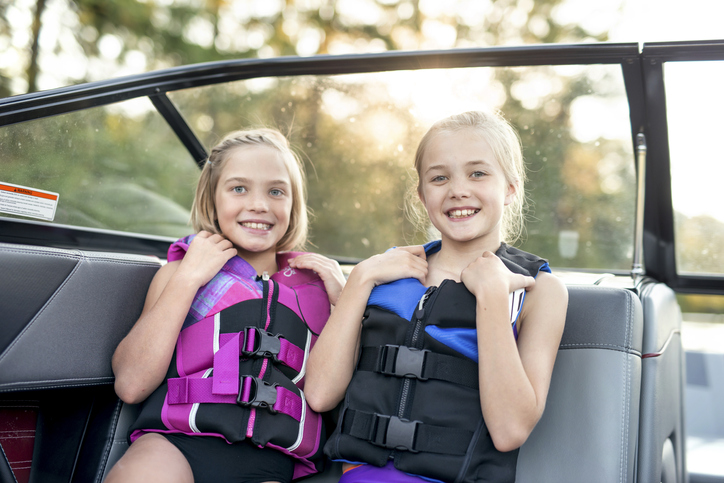Six Water Safety Tips Every Parent Should Know
Six Water Safety Tips Every Parent Should Know

Six Water Safety Tips Every Parent Should Know
Water can pose a severe threat to children of all ages. Every year, devastating and preventable events occur because of water safety issues. Drowning is the leading cause of death for children ages 1-4, and more than 3,400 people drown each year. Families can help reduce the risk of water-related incidents by practicing water safety.
Swimmers of all ages can be at risk when they don't practice water safety. Review these six tips before you and your family get in the water.
Learn how to swim.
Does my child need swim lessons? Many parents wonder when their children should learn how to swim. The American Academy of Pediatrics (AAP) notes that recent studies suggest children ages 1-4 benefit from water survival skills training. By age four, children should be ready to learn swimming skills, including treading water, floating, and getting out of the water. Infant swim classes for children under a year old are not recommended by the AAP, though water play classes could be beneficial for getting babies used to the water at an early age.
Provide constant supervision.
Knowing how to swim doesn't make you immune to drowning so its best to practice water safety by always supervising children and using a buddy system for older swimmers. Someone should always be responsible for watching the water and be distraction-free. For example, don't scroll on your phone while watching the pool. Also, avoid using alcohol or drugs that might make you less alert and responsive.
Block off water access.
AAP notes that in drowning incidents for children under 5, 69% were not expected to be in the water. Swimming should be an intentional activity, so block off water to keep children away when it's not swim time. Door locks, self-locking gates, and fences can help keep children away from water access. Also, keep toys out of the water when it's not swimming time, so children are less tempted to play unsupervised.
Use life jackets.
Spending time near natural bodies of water—like lakes, ponds, or the ocean—keeps kids in a life jacket. Children who know how to swim could be caught off guard by a strong current or by falling into the water by mistake. Life jackets can even be used in the pool for inexperienced swimmers or busy events. It's important to note that a life jacket is a helpful tool and should not replace constant supervision.
Discourage risky behavior.
Teach children about water safety and set rules to encourage best practices. Don't run on the dock or pool deck. Never dive into a shallow pool or natural body of water with an unknown depth.
Content on this page is designed for general information and/or entertainment purposes. It is not intended to provide legal or any other type of advice and is not meant to be a thorough discussion of every issue that a person should consider or may encounter. Unless expressly referenced, we are not affiliated with any company or app that may be referenced herein and we do not endorse them. We are not responsible or liable for the user's reliance on this content or for the availability of links to other websites or resources, or for advertising, products, services or other materials on or available through these websites or resources. Any reference to third party rates or products is for identification only and is subject to change without notice.
